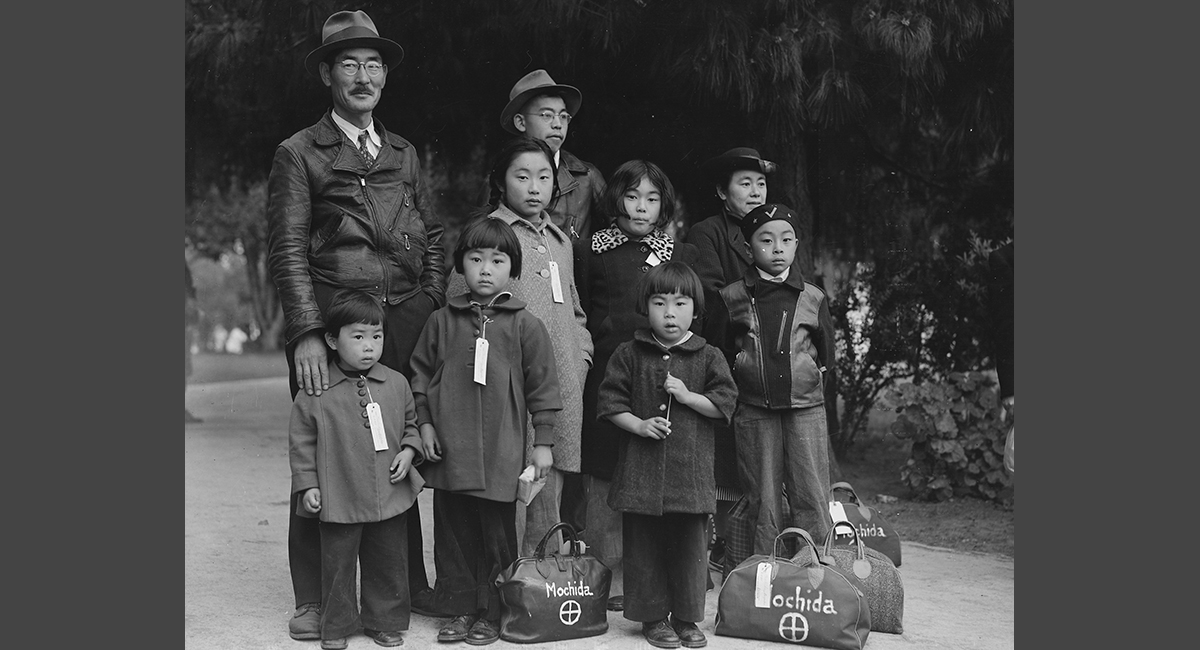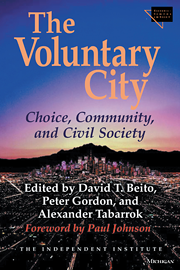Something significant is missing from the recent official apology by the office of the California attorney general for culpability in the World War II Japanese-American internment. The wording leaves out the name of the man who made it all possible: Franklin D. Roosevelt.
In this respect, it has similarities to the 10 most widely used American history texts, which in contrast to California’s targeted apology, focus on the more general context. While the texts agree that Executive Order 9066 was a gigantic black mark for Roosevelt, most also subtly mitigate his blame, both in the phrasing and presentation of facts.
A typical treatment is that internment (FDR called them “concentration camps”) was a “glaring” or “painful” exception to an otherwise good civil liberties record of the architect of the Four Freedoms speech of 1941. The overall impression is that of an otherwise great president blindsided, like so many other Americans, by momentary hysteria. Almost entirely absent is a discussion of Roosevelt as a determinative historical actor who shaped or created events. To most of these historians, there were two very distinct Roosevelts.
The first was the author of the New Deal and World War II foreign policy: decisive, bold, humane, and dedicated to advancing the four freedoms. The second was the Roosevelt of internment: a passive, reactive, and somewhat clueless prisoner of events.
The uncomfortable truth is that Roosevelt played a hands-on role and was fully aware about what he was doing. Even before the war, he had given this issue much careful thought. In 1936, for example, he stated that if Japan attacked the United States, Japanese-American citizens should be put into a “concentration camp” if they had had contact with Japanese ships visiting Hawaii or “any connection with their officers or men.” Roosevelt had long considered Japanese-Americans to be a suspect group. Defending state bans on land ownership by Japanese noncitizens during the 1920s, for example, the future president concluded that any traveler to the “the Far East knows that the mingling of Asiatic blood with European or American blood produces, in nine cases out of ten, the most unfortunate results.”
Moreover, internment followed a general pattern of riding roughshod over the Bill of Rights when it conflicted with Roosevelt’s other priorities. During the New Deal, for example, he had backed mass surveillance of some three million private telegrams of anti-New Dealers and ordered politically targeted tax audits. In World War II, he had urged on the FBI strong-arm tactics to silence criticism from the black press.
After Pearl Harbor FDR did nothing to tamp down anti-Japanese hysteria, though he had plenty of opportunity to do so. He ignored assurances from such top figures as FBI director J. Edgar Hoover and John Franklin Carter, who ran a trusted secret off-the-books intelligence operation for FDR, that Japanese-Americans were almost universally loyal. In his memoirs, Attorney General Francis Biddle dismissed claims that an irresistible groundswell of public opinion had forced the president’s hand. Unlike some modern historians, Biddle did not try to soften responsibility by blaming a climate of hysteria. Roosevelt, Biddle concluded, “could probably have withstood the popular pressure without loss to the tenacity of his leadership—pressure of a highly vocative minority in the West.” He added: “It may be even doubted whether, political and special group pressure aside, public opinion even on the West Coast supported evacuation.”
FDR’s Executive Order 9066 stands out as a stunning and completely inexcusable failure of presidential leadership at a crucial turning point. Had he deployed his famous eloquence, perhaps citing the Four Freedoms, he would have prevented much suffering. He did not behave like a president who was trapped by conditions or distracted (Carter kept him closely advised on the situation), but rather like a man who just didn’t care.
Even without Executive Order 9066, Roosevelt fell short on upholding the Bill of Rights both during the New Deal and in World War II. When considering internment as a puzzle piece, the incarceration of Japanese-Americans was outsized in its reliance on mass institutional racism, but when assessing FDR’s civil-liberties record, it was but one piece on the board among many.











